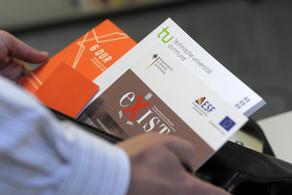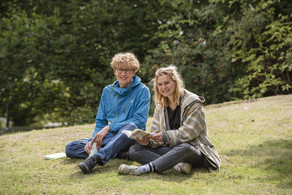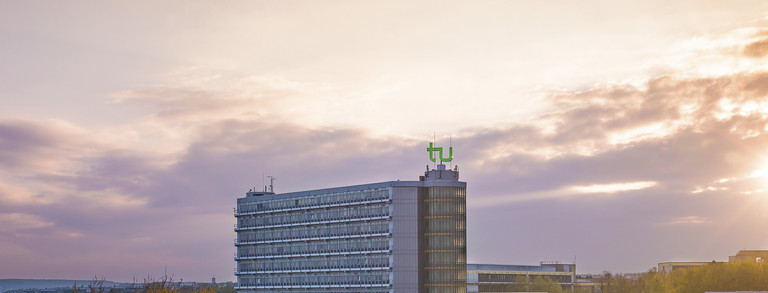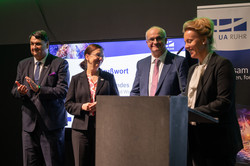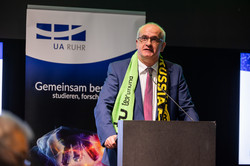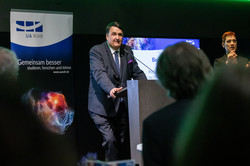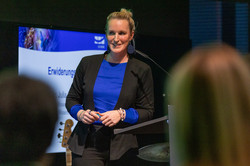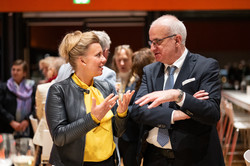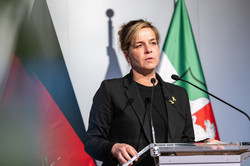UA Ruhr Hosts German Science and Humanities Council
- UA Ruhr
- Top News
- Research
- Higher Education Policy
- Press Releases

For the first time in its history, the German Science and Humanities Council was hosted by a university alliance: from 17 to 19 April, the committee held its spring meetings in Bochum and was welcomed by the management of the University Alliance Ruhr (UA Ruhr) at the university reception in the Dortmunder U. With 130 guests in attendance, Minister of Science Ina Brandes praised the UA Ruhr as an example of successful cooperation in teaching, research and transfer.
At the university reception, the participants experienced the transformation of the Ruhr area from an industrial region to a scientific and cultural metropolis. Built around 100 years ago as a fermentation and storage tower for the Dortmund Union Brewery, the Dortmunder U opened as a center for art and creativity in the year of the European Capital of Culture RUHR.2010. Ina Brandes, Minister for Culture and Science of North Rhine-Westphalia and member of the administrative commission of the German Science and Humanities Council, welcomed the guests at this landmark: “The research landscape in the Ruhr region is unique in Europe: five universities, 15 universities of applied sciences, four Max Planck Institutes, five Fraunhofer Institutes and four Leibniz Institutes are located here. Here, success is the result of cooperation. The University Alliance Ruhr is the best example of this.”
In their welcoming speeches, the Presidents of TU Dortmund University, the University of Duisburg-Essen and Ruhr University Bochum highlighted the history, the status quo, and their shared strategic vision of the UA Ruhr. “Founded in 2007 by our pre-predecessors, the UA Ruhr can now look back on 17 years of cooperation experience. This has resulted, for example, in a joint study area for 110,000 students, a comprehensive program to promote early career researchers and joint liaison offices abroad,” reported TU President Prof. Manfred Bayer. Prof. Barbara Albert, President of the University of Duisburg-Essen, spoke about the ongoing expansion of joint strategic top-level research: “Thanks to funding from the state of North Rhine-Westphalia, we are currently jointly establishing the Research Alliance Ruhr with over 50 professorships. We are doing pioneering work here through innovative structures of university cooperation.” Her counterpart in Bochum, Prof. Martin Paul, underlined the alliance’s ambitious plans for the future: “We are willing to seize our opportunities to compete in the Excellence Strategy as a consortium and to further intensify our strategic cooperation. This will open up new perspectives for the Ruhr science region.”
Four members work in the Ruhr region
This time, the focus of the German Science and Humanities Council’s spring meetings included the evaluation of the “University Pact 2020”, which has created 1.6 million additional study places in recent years. The federal and state advisory body comprises a scientific commission with 32 members, four of whom work in the Ruhr region themselves: Prof. Gabriele Sadowski (TU Dortmund University), Prof. Ferdi Schüth (MPI for Coal Research, Mülheim/Ruhr), Prof. Martin Sternberg (Bochum University of Applied Sciences), and Dr. Holger Schwager (Evonik, Essen).
The “flying pictures” on the roof façade of Dortmund’s U-Tower provided a special welcome to the panel: renowned film producer Adolf Winkelmann, who comes from the region, presented an exclusive slow-motion shot of an exploding water bottle with dancing molecules. The members of the council were also able to get to know some facets of the Ruhr region during the state reception at Zeche Zollverein in Essen and on a guided tour of the art collection at Ruhr University Bochum. The Ruhr area presented itself as a dynamic region strongly characterized by science and culture.
About the UA Ruhr
Ruhr University Bochum, TU Dortmund University, and the University of Duisburg-Essen have been closely collaborating as strategic partners under the UA Ruhr umbrella since 2007. By joining forces, these partner universities are able to systematically enhance their performance. Under the motto “Better Together”, there are now over 100 collaborations being conducted in research, teaching, and administration. With more than 110,000 students and almost 1,300 professors, the UA Ruhr is one of the largest and most productive scientific locations in Germany.


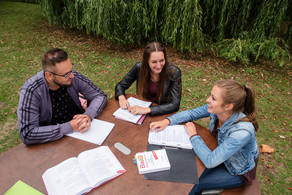
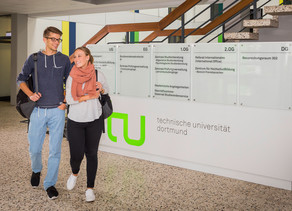
![[Translate to English:] Partner Four hands are holding the green logo of TU Dortmund University](/storages/tu_website/_processed_/1/d/csm_Partner_Nicole_Rechmann_KW_40b35bb3fd.jpg)
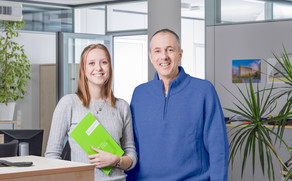

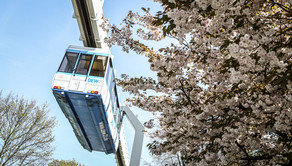

![[Translate to English:] Forschung An apparatus with tubes in a laboratory](/storages/tu_website/_processed_/0/c/csm_Forschung_Juergen_Huhn_cbd34afd6d.jpg)
![[Translate to English:] Studium Five students are sitting in a lecture hall. They are talking to each other.](/storages/tu_website/_processed_/c/9/csm_Studium_FelixSchmale_81d94adc86.jpg)
